BYD is growing its model range rapidly in Australia and unsurprisingly there’s a big focus on SUVs.
It might be time to make room for more soon because the Sealion 5 is on BYD’s radar, although the Chinese company is yet to officially lock it in for Australia.
The Sealion 5 is a medium SUV that’s called a Song Pro in China. If it gets the green light it will slot into BYD’s local line-up between the smaller Atto 3 EV and the slightly larger Sealion 6 plug-in hybrid SUV.
To confuse things a little, BYD recently confirmed the Sealion 8 would go on sale in Australia early in 2026. That model is a large SUV with three seating rows and is another plug-in hybrid.
Like some of its stablemates, the Sealion 5 is also a plug-in hybrid. Given it’s not locked in there’s no indication of where it will be priced, or local specifications at this stage. But it is expected to be positioned below the Sealion 6 so expect pricing to kick off around $40,000.
Some of the gear found in the Chinese market version includes a 12.8-inch rotating touchscreen, increasing to 15.6 inch on higher grades, and an 8.8-inch LCD driver instrument display. Depending on the grade, other features will include a panoramic sunroof, ambient lighting, premium interior materials and 18- or 19-inch alloy wheels.
Safety-wise it should come with adaptive cruise control, lane-keeping assist and auto emergency braking (AEB), blind-spot monitoring, lane keep assist and driver fatigue monitoring.
In terms of exterior design, the Sealion 5 carries the same design aesthetic as the smaller Atto 2 and larger Sealion 8, which includes what BYD describes as its ‘dragon face’. In the metal it’s a decent looking SUV but it doesn't have a lot of pizazz to help it stand out in a super competitive crowd.
It is sleeker than some of the boxier medium SUVs like the Mitsubishi Outlander and Nissan X-Trail so that should appeal to people who like a softer vibe.
It has interesting design elements like the chrome D-pillar treatment and the full-width LED tail-lights. Otherwise it’s pretty standard mid-size SUV stuff.
Inside the look is current BYD. It features a horizontal black panel that sits behind the wheel and the central multimedia screen. It ties things in nicely. This integrates into the doors as well, especially with the cool air vent design. The dash has different materials and colours which is a nice touch.
The console houses neatly designed controls, stop/start button and a crystal-esque gear shifter.
At 4735mm long, 1860mm wide and 1710mm tall the Sealion 5 is longer, has a longer (just) wheelbase, but is shorter and lower than an Outlander.
There’s decent space throughout the Sealion 5’s cabin and the seats - like all of the BYDs we drove - are excellent. They’re quite plush and have decent upper body bolstering.
The Sealion 5 has the familiar BYD twin phone charger/holders in the console with further storage under the console where the USB ports live. There are sizeable cupholders, a biggish central bin and more.
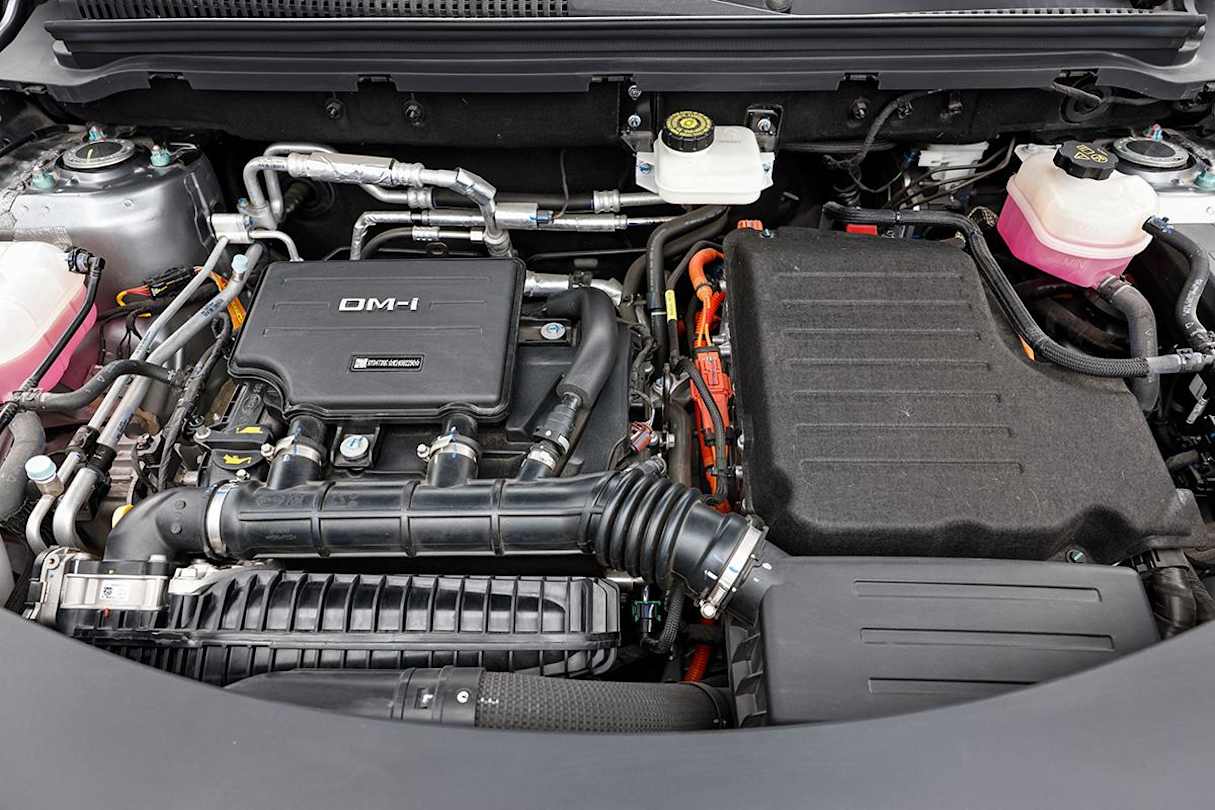
In the rear the BYD has a flat floor and a good amount of space for the family with ample leg and headroom, as well as USB ports, map pockets and air vents.
Powering the Sealion 5 is BYD’s 'DM-i' (dual mode - intelligent) plug-in hybrid set-up which combines a 74kW 1.5-litre four-cylinder petrol engine, paired with a 120kW permanent magnet synchronous electric motor. It uses an electronic continuously variable transmission (CVT) driving the front wheels.
It comes with BYD’s Lithium Iron Phosphate (LFP) ‘Blade’ battery in two tunes - 12.9kWh for an electric driving range of 75km and another with 18.3kWh and 115km. The WLTP fuel use figures are 1.9L/100km (75km) and 1.1L/100km (115km).
The 115km versions are capable of DC fast charging with a 30-80 per cent charge in about 36 minutes, while AC charging takes just under four hours for the 75km version and 5.4 hours for the 115km.
Of the eight new BYD or sub-branded models I tested in China, the Sealion 5 is perhaps the most benign to drive. Not in a bad way. For a family SUV it drives well.
Also keep in mind the test track was a decent-sized car park converted into a track. So these drive impressions are super high level. I'll wait for an Australian drive for detailed opinions on this.
The steering in the Sealion 5 is a little too heavily weighted even in 'Normal' mode and somewhat dull as a result.
It takes off from a standing start quickly (and quietly) with a mid-eight-second 0-100km/h acceleration time.
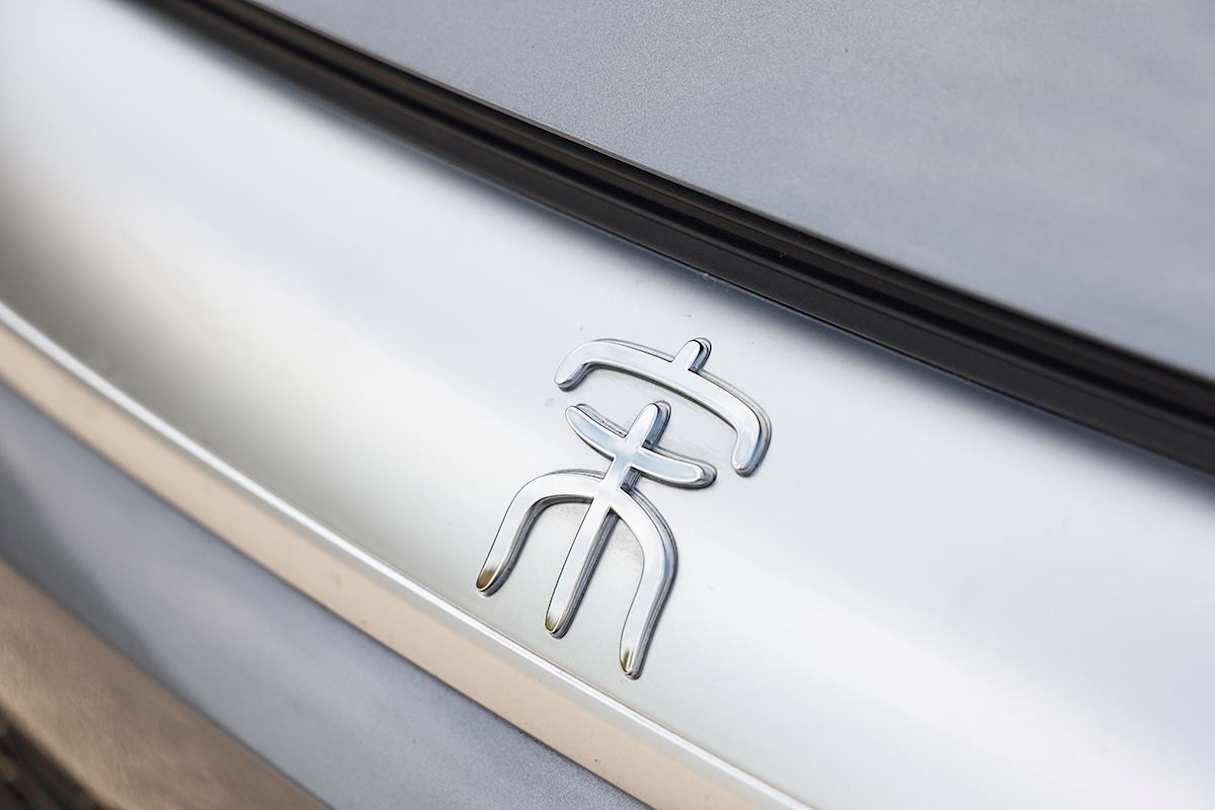
The BYD offered enough engagement around the track to keep me entertained. Check my video for real-time reactions.
The ride is hard to gauge but it handled the ripple strips on the track pretty well. You could hear them in the cabin but the car generally keeps a lot of noise out.
Verdict
From my limited time behind the wheel the BYD feels like it could be a solid option for people looking for a medium-sized family SUV. It drives well enough to keep the driver engaged, and the interior is a step above a good number of its competitors, both in terms of space and quality. Hopefully, if it's confirmed for Australia, the Sealion will benefit from BYD’s competitive pricing strategy. If it does, and if it comes with the level of gear this Chinese version has as standard, it could prove to be another top model for BYD.
Note: CarsGuide attended this event as a guest of the manufacturer, with travel, accommodation and meals provided.
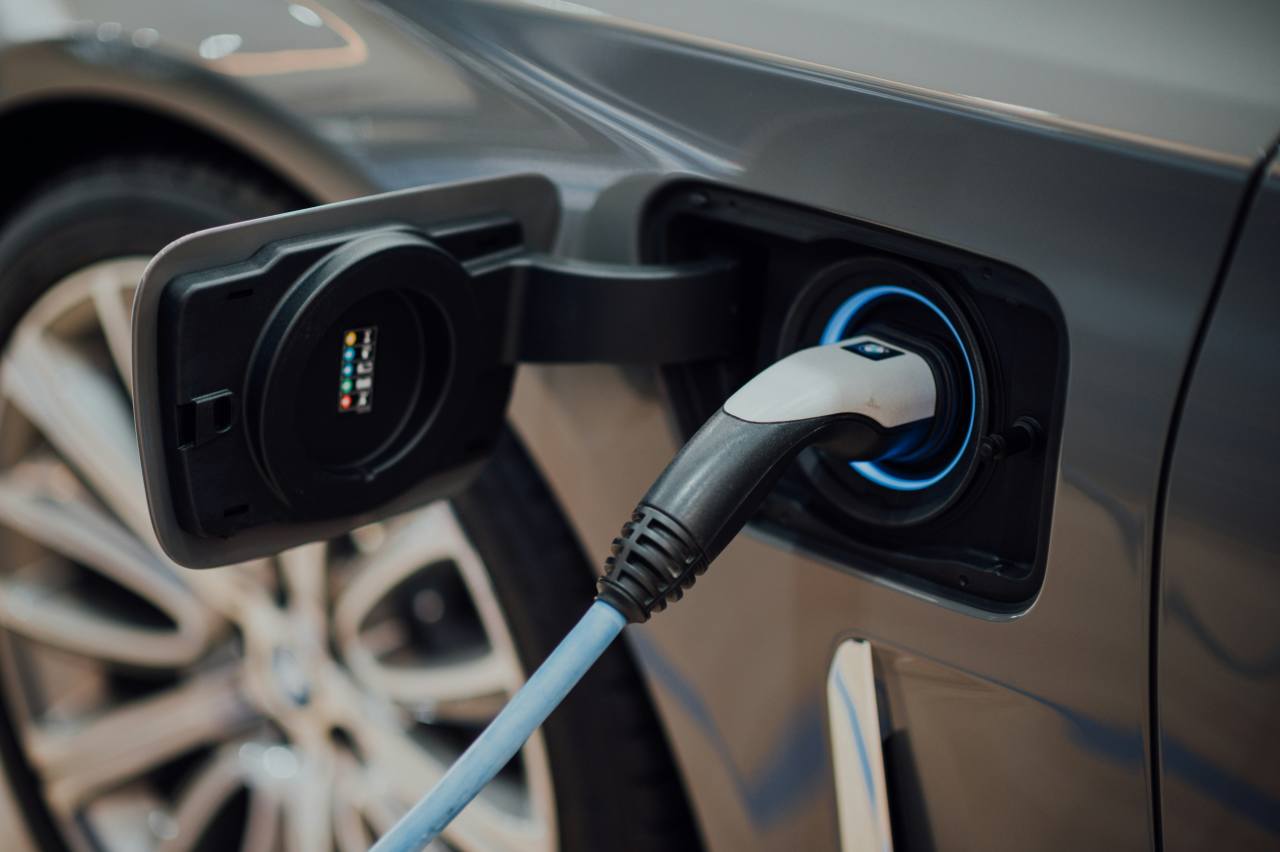


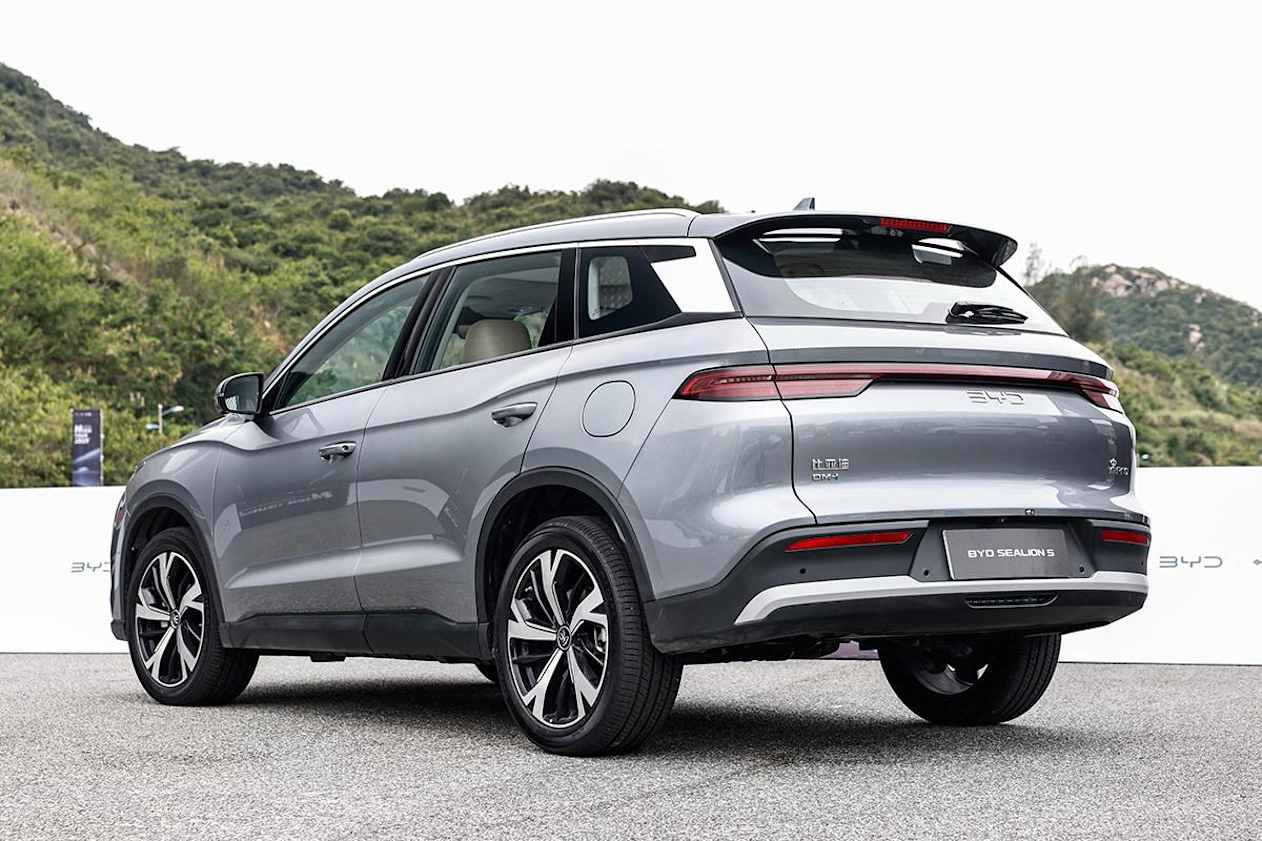
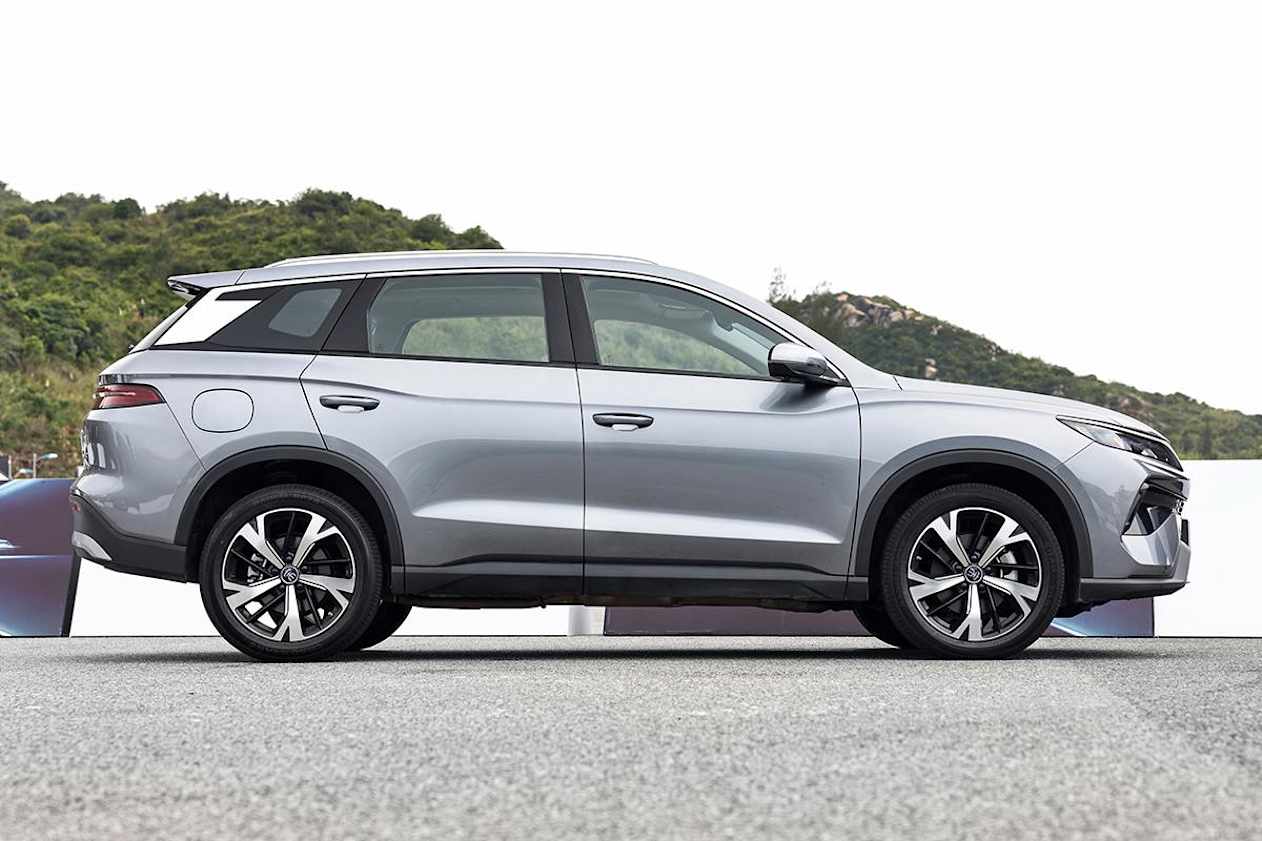
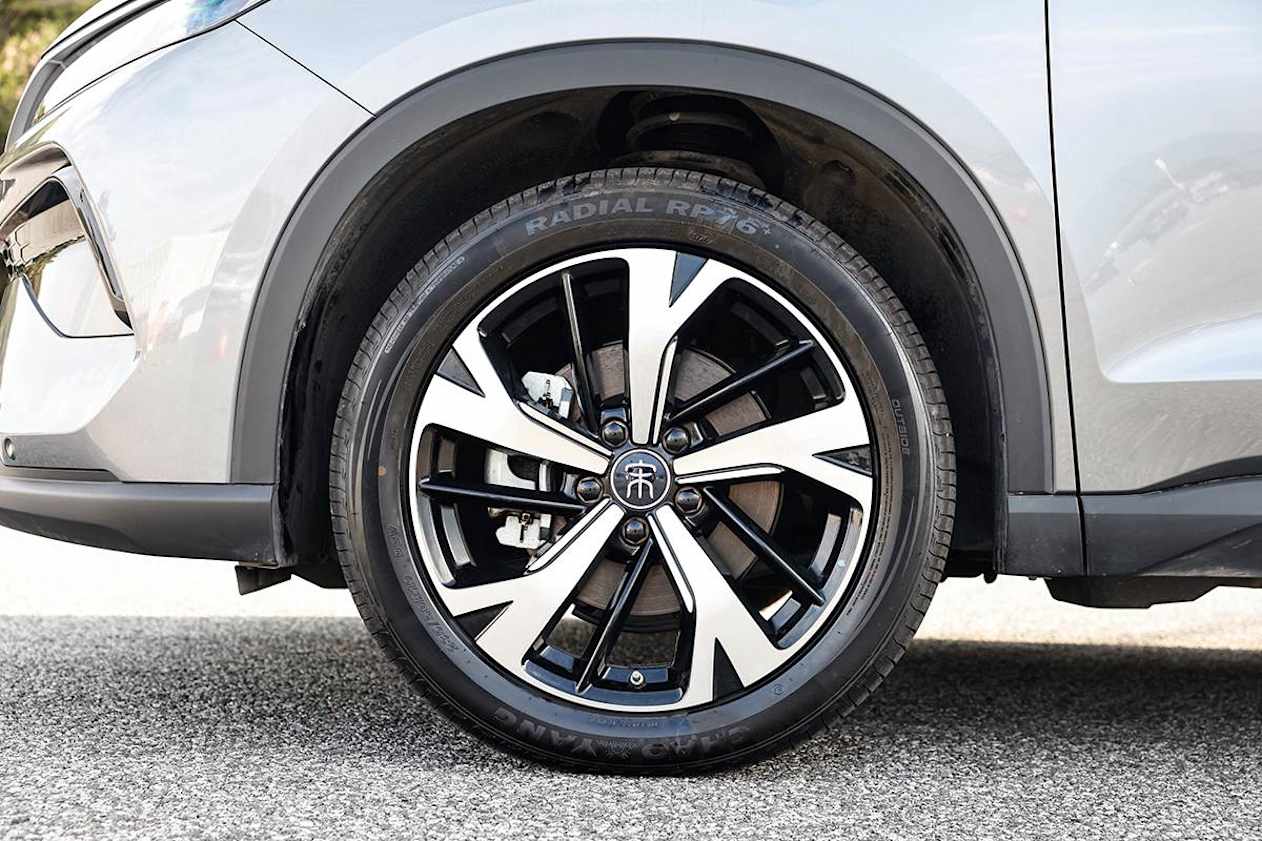










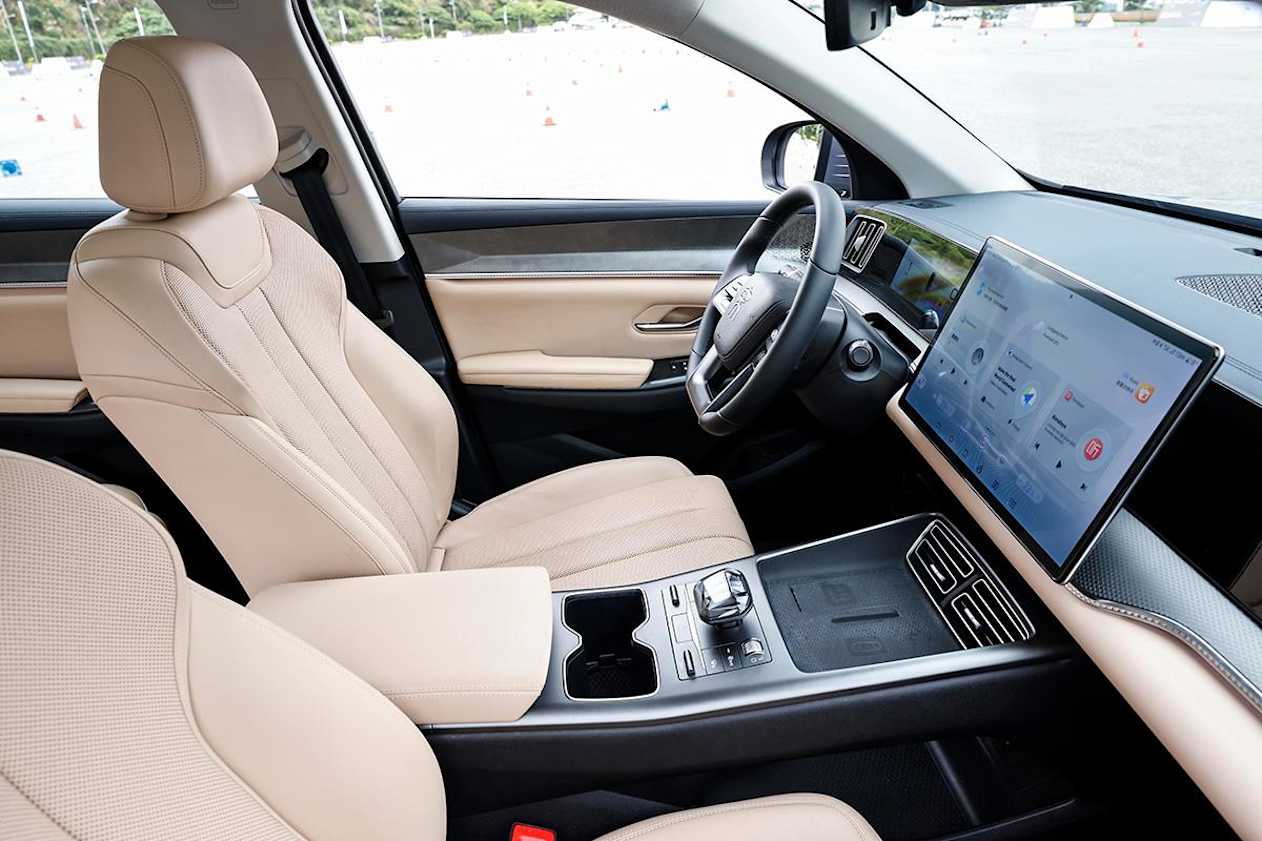




































.jpg)


.jpg)


.jpg)